If you’re lucky enough to have an overabundance of fruit, veggies, or meat, you also have a problem. How to preserve this bounty? Refrigeration may only keep the stuff fresh for a few days. Freezing? Maybe a few months—less if your power happens to go out. Dehydration is the best way to store food for the long-term. We scoured our favorite homesteading sites to find the best recipes for the foods you’re most likely to want to preserve.
Got a great recipe you love?
Share it in the comments!
What you dehydrate may depend on what you harvest. But, if you’re up for experimenting, we’ve got suggestions for the best foods to dehydrate. These foods are the ones that make it through the process looking and tasting the most delicious—and are way better than store-bought alternatives.
✔ = Insteading picks for the best foods to dehydrate
⚠ = Foods that you can dehydrate but they may not turn out great.
Fruit
Veggies
Meat
Herbs
Other
✔ = Insteading picks for the best foods to dehydrate
⚠ = Foods that you can dehydrate but they may not turn out great.
How To Dehydrate Food: The Basics
- Always dehydrate food at the point when it would be most tasty to eat. If you wouldn’t eat a vegetable raw, or a fruit before it ripened, don’t dehydrate it that way. So (most) vegetables should be cooked before you dehydrate them. Fruits should be dehydrated at peak ripeness.
- Dehydrating itself is easy. It’s the prep work that’s a bear—all that slicing and peeling and cooking. It takes lots of time, lots of space, and can be very messy. So before you prep, clear stuff out (especially anything that might stain), and draft a helper. Some parts of the process are so simple, even a toddler can help.
- For basic dehydration, a $50 starter dehydrator like this will be effective. (If it’s hot enough where you live, your patio table will be effective.) But, if you really want to get serious, or are dehydrating massive batches, just about every homesteader recommends buying the Excalibur 9-Tray Deluxe Dehydrator. They say it regulates heat well, handles heavy batches, and lasts year after year.
Dehydrator Recipes For Fruit
Apricots
This short-season fruit dries into sweet, tasty chips. You will have a lot of work pitting and slicing the apricots before you can dehydrate them.
Dehydrating apricots recipe and photo via Putting Up With The Turnbulls.
Tips for Dehydrating Apricots
- Feeling ambitious? Check out this recipe for Apricot-Coconut Roll Ups.
- To save time and the possibility of a trip to the ER, brush up on your apricot-pitting skills.
Apples
Dehydrating apples brings out their natural sweetness. Done right, they’ll have a nice texture that’s both crispy and chewy.
Dehydrating apples recipe and photo via Self Reliant School.
Tips for Dehydrating Apples
- To make slicing faster, especially if you have a large batch, use an old-fashioned apple corer/peeler.
- If you don’t want the apples to oxidize in the dehydrator (that is, turn brown), soak in a bowl of water with 1/4 cup lemon juice.
- You can also do this in a regular oven, or suspended on string or dowels over a wood-burning stove, or in a solar oven.
- Eat as snacks, or fry them up to make pie filling.
Bananas
Bananas about to go brown? Dehydrate them and dump them in plastic bags for tasty snacks. Recipe via The Prairie Homestead.
Tips for Dehydrating Bananas
- To make slicing easier, chill the bananas before slicing.
- If you slice horizontally, use an egg slicer.
- They tend to stick to the tray. To loosen them, smack the tray hard on the counter after they cool.
Blueberries
Overdid it at the U-Pick place? Don’t overload your freezer, dry blueberries out and enjoy them as little snacks from your pantry.
Dehydrating blueberries recipe and photo via Whole-Fed Homestead.
Tips for Dehydrating Blueberries
- To keep the skin from puffing out during drying, blanch the berries first.
- Or, if you don’t mind a little puffing, cutting the blueberries in half may help them dry more evenly.
- After drying, pack them into smaller jars for easy snacking.
Cantaloupe
People who don’t like cantaloupe because it’s messy to eat will love it dried. Cut in 1/2 inch or 1/4 inch slices, it dries down to a snackable chip.
Dehydrating cantaloupe recipe and photo via Brooklyn Farm Girl.
Tips for Dehydrating Cantaloupe
- Cantaloupe has a lot of moisture, so it takes a while to dehydrate. Count on around 18 hours.
- For the sweetest flavor, make sure all the green parts near the rind are removed.
Cherries
Wash, pit, and dry. It’s that simple. Oh, wait, the pit part. Pitting lots of cherries takes forever and makes a big mess. This is a weekend project, for sure.
Dehydrating cherries recipe via Self-Reliant School, including awesome action shots of a six-in-one cherry pitter.
Tips for Dehydrating
- If you don’t have a cherry pitter, try one of these options.
Cranberries
When you dehydrate cranberries you have to cook them first (some of them burst when you do), you’ll probably want to sweeten them, and it’s very easy to accidentally over-dry them. Also, you aren’t likely to find them in batches large enough to dehydrate—unless you live in Wisconsin, New Jersey, Massachusetts, Oregon, or Washington, the only five U.S. states where cranberries are commercially produced. But, if you do, here’s a Dehydrating cranberries recipe via Modern Survival Blog.
Tips for Dehydrating Cranberries
- For a tasty addition to pancakes or baked goods (or, if your cranberries get too dry), crush them into powder.
- Or cook them down, similar to how you’d make cranberry sauce, and dry them into cranberry fruit leather.
Figs
I’ve linked a recipe but this couldn’t be easier—you just cut the stems off, quarter or cut in half, and dehydrate.
Dehydrating figs recipe via A Modern Homestead.
Tips for Dehydrating
- For best flavor, only dehydrate figs when they are perfectly ripe. This will probably mean dehydrating in batches over a few days.
Grapes (Raisins!)
Another very simple dehydration job, just wash, maybe cut, then dry. Your final product will depend on how sweet your original grapes were.
Dehydrating grapes recipe via Simple Homestead Living.
Tips for Dehydrating Grapes
- To save time—lots of it—cut the grapes in half before dehydrating them.
Mangoes
Here at Insteading HQ in Seattle, we can only dream of having a problem like too many fresh mangoes. But for you lucky folks in Hawai’i or Florida, your mango glut demands action. Dehydration to the rescue—and doing it with mango couldn’t be simpler, once you figure out how to cut around the dang pit.
Dehydrating mangoes recipe by Self-Reliant School.
Tips for Dehydrating Mangoes
- BackpackingChef.com recommends 1/8-inch slices.
Oranges
Dehydrated oranges look gorgeous once dehydrated, and you can use them a few ways—as a way to punch up tea, as a snack, even as decoration. Also, kids will eat ’em like popcorn—crisp and bright orange, they look like candy.
Dehydrating oranges recipe and photo by Grace Garden and Homestead. Originally found at gracegardenandhomestead.com/dehydrating-oranges/
Tips for Dehydrating Oranges
- For tasty flakes you can sprinkle in while baking (or in cocktails), crush some of the dried oranges into flakes.
- To make slicing go faster, use a mandolin.
- To remove any pesticides or other stuff the oranges may have on their surface, wash them lightly first.
Have your own favorite dehydrator recipe? Share it in the comments and we’ll add it to the post.
Papaya
Dried papaya makes a sweet treat—if you ever get your hands on enough ripe papaya that you’d want to dry it.
Dehydrating papaya recipe via NouveauRaw.
Tips for Dehydrating Papaya
- Scrape out the seeds before drying and dry them separately, they have a peppery flavor.
Peaches
Dehydrating peaches takes a little extra work—you have to blanche the peaches and remove the skin before slicing. Using freestone peaches will make things go a little faster, since you won’t have to cut around the pit like you will with clingstone varieties.
Dehydrating peaches recipe and photo via Joybilee Farm.
Tips for Dehydrating Peaches
- Use fresh, firm peaches. Unripe ones won’t taste sweet, mushy ones will disintegrate on the dehydrator tray.
- The peach slices will be slightly pliable after drying, but will dry out completely when they cool.
- After drying, you can bake them into cakes.
Pears
Like apples, they are simple to dry. Homesteader after homesteader reports that dried pears disappear quick, since they taste so good. The only trick is that you must dehydrate them at the peak of ripeness, which for pears is usually only about 18 hours long. Pears must be cored and then sliced—the thickness depends on preference, so if you’re a first-timer try a few different thicknesses.
Dehydrating pears recipe and photo via Joybilee Farm.
Tips for Dehydrating Pears
- If you want to amp up the sweetness a bit, here’s a simple recipe for honey and vanillade dry pears.
- If you want the pears to stay white (rather than oxidize and turn brown), wash in a lemon juice solution.
Plums (Prunes!)
Dehydrated plums get a special name—prunes! Plums are an ideal candidate for dehydration as a fruit that ripens only briefly, and seemingly all at once.
Dehydrating plums recipe via An Oregon Cottage.
Tips for Dehydrating
- To help the plums dry faster, turn them inside out.
Pineapple
If you’ve bought more pineapple than you needed, dehydrating the leftovers gives you eco-friendly points and a sweet snack.
Dehydrating pineapple recipe and photo via Pantry Paratus.
Tips for Dehydrating Pineapple
- No waste! The skin you chop off can be scraped for juice or fed to chickens.
- If you find it on sale, you can also dry canned pineapple.
- To make dehydration faster, cut pineapple rings into smaller pieces.
Raspberries
Most places, raspberry season is maddeningly short. Dehydrating them is one way (along with freezing and turning into jam) to make the season last. Problem is, only very perfectly ripe raspberries dehydrate well. If you do find yourself with a glut, dehydrated raspberries are easy, tasty snacks, or can be reconstituted for making baked goods.
Dehydrating raspberries recipe via Mom With A Prep.
Tips for Dehydrating Raspberries
- For extra protection from any bacteria or insects, you can freeze the berries for a couple of weeks after you dehydrate them.
Strawberries
The flavor of fresh, hand-picked strawberries lasts what—a day or two? Out of 365? Doesn’t seem fair. Spend one of those days dehydrating a big batch and you can make the season last.
Dehydrating strawberries recipe and photo via Grace Garden and Homestead. Originally found at gracegardenandhomestead.com/how-to-dry-strawberries/
Tips for Dehydrating Strawberries
- You’ll have to cut the green tops off. Feed those to your chickens.
- To save time, have your kids help you lay the slices out on trays.
- To keep them from spoiling, store them in the freezer.
Watermelon
Really? Yep…dehydration turns watermelon slices into a sweet candy, almost like taffy.
Dehydrating watermelon recipe and photo by LearnToPreserve.
Tips for Dehydrating Watermelon
- For a different look, leave the rinds on.
- For easier cutting, slice the pieces while the melon’s still attached to the rind.
- After dehydration, keep the pieces from sticking by wrapping them in parchment paper.
Dehydrator Recipes for Vegetables
Asparagus
You’ll be using less of the asparagus if you dry it—only the tips dehydrate very well.
Dehydrating asparagus recipe via Preparedness Mama.
Tips for Dehydrating
- Put similar-size pieces on the same tray; thin pieces will dry faster than thick ones and it’s easier to remove them if they are all together.
Carrots
You’ll need to blanch carrots before dehydrating them. Once dried, you won’t ever want to just toss them into salad, they need to be reconstituted first by soaking in boiling water.
Dehydrating carrots recipe via Taylor-Made Ranch.
Tips for Dehydrating Carrots
- To help the carrots retain their color, dunk in ice water after blanching.
- To make a time-saving soup starter, dehydrate onions and celery too and mix.
Cauliflower
If you like cauliflower riced as a healthier substitute for mashed potatoes, think about making a big batch and drying it. You can add to soups or casseroles after reconstituting.
Dehydrating cauliflower recipe via Cradle Rocking Mama.
Tips for Dehydrating Cauliflower
- Blanch the cauliflower first if you want it to stay white.
Celery
Soup-makers, sit up. Dehydrating celery is your ticket to more kitchen space, and faster, tastier, less-expensive soup. If you can find a good deal on celery, buy lots and dry it out.
Whenever you need to make soup, you can use the dehydrated slices rather than buying more stalks (most of which you probably won’t use anyway).
Dehydrating celery recipe and photo via Simply Healthy Home. Originally found at simplyhealthyhome.com/dehydrating-celery/
Tips for Dehydrating Celery
- To make sure all the moisture is gone, leave the celery on the trays an extra day to air-dry.
- If you have a lot of celery to dry, wash them in a large travel cooler.
- Dried, powdered celery will give more flavor depth to homemade rubs and spice mixes.
Eggplant
Moussaka, eggplant parmigiana, and other eggplant casseroles can be made just as easily—and much faster—with dehydrated eggplant. If you love eggplant this is worth doing. Dehydrating them is similar to dehydrating apples, you may want to spritz them with lemon juice to prevent discoloration.
Dehydrating eggplant recipe via Enjoy Your Garden Bounty Year Round.
Tips for Dehydrating Eggplant
- You can marinate and season the eggplant before dehydrating to make Eggplant Bacon.
Garlic
If you cook, and if you’re able to get garlic farm-fresh, garlic could easily make the top of your personal dehydrating to-do list. You have to peel them first, so it’s tricky and a little messy, but if you cook with garlic it’s like you’re doing the work all at once rather than every time you cook.
Dehydrating garlic recipe via Mother Earth News.
Tips for Dehydrating Garlic
- Those flakes really do look amazing, but here’s instructions for making dried garlic powder.
Ginger
If you use ginger at home, you know how much is wasted when you prep it—the peels, the odd hunks that are too hard to peel, the pieces you forget about at the back of the crisper…dehydration eliminates that. Peels can be dried and ground into powder. Nice pieces that are about to go bad, you can dry and rehydrate later to cook.
Dehydrating ginger recipe and photo via Hello Creative Family.
Tips for Dehydrating Ginger
- If you find you don’t have time to dehydrate, store ginger in the freezer.
- For less waste, peel ginger with a spoon.
Green Beans
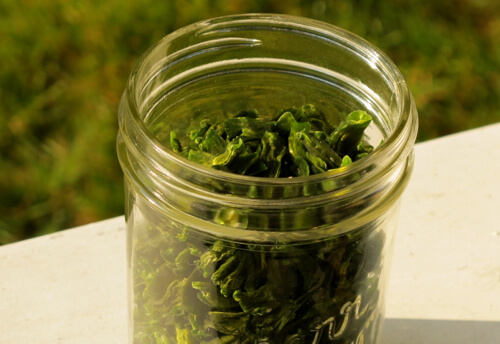
Green beans must be cooked before dehydration, otherwise you’ll be preserving the flavor of raw beans—who wants that? Green beans are difficult to get to the right level of crispness, and they aren’t that great reconstituted. Still, if you have a ton it’s better than feeding them to the chickens.
Dehydrating green beans recipe and photo via The Blog of Trail Cooking.
Tips for Dehydrating Green Beans
- To save time, have your kids help you snap the beans before blanching. They don’t have to be precise; it doesn’t really matter how long the pieces are.
- To make dehydration go faster, steam-blanch the beans rather than blanching them in water. The green beans will absorb less water this way.
Kale
Kale is a good starter dehydration project—the leaves won’t stick together and it’s easy to tell when they’re done. And, you can use them as a snack, and addition to soup, or even grind them into sprinkles. You’ll need to tear the leaves from the stalks first.
Dehydrating kale recipe and photo by Old Fashioned Families.
Tips for Dehydrating Kale
- Save the stalks to make kale juice, add to smoothies, or toss to the chickens.
- For a veggie seasoning powder, crush the kale with a pestle once it’s dry.
- Want a little more flavor with your dried kale? Mix them in a sauce before they dry to make Cheese Kale Chips.
Mushrooms (Morels, Chanterelle)
Mushrooms are a popular dehydration target because dehydration improves their flavor. Chefs use dehydrated mushrooms to add intense mushroom flavor to soups and stews—fresh mushrooms might add flavor, but would also release lots of water, thinning everything out. Mushrooms are also relatively easy to dehydrate.
Dehydrating mushrooms recipe and photo via Mom with a Prep.
Tips for Dehydrating Mushrooms
- If you’re using your dehydrator for something else, you can dry mushrooms in the sun.
- How to tell when they are done? They should feel like leather—so not squishy, but also not brittle.
- Morel mushrooms—one of the most popular types of mushroom to dehydrate—are known as Molly Moochers or hickory chickens in the Ozarks. This is not a tip I just thought it was cool.
Okra
It’s a very good candidate for dehydrating if you grow it, since it grows so fast—as a greenhorn from my home state found out in this funny story from the blogger Bacon and Eggs. He, and others, recommend seasoning the okra before dehydration.
Dehydrating okra recipe via Countrified Hicks.
Tips for Dehydrating Okra
- You can turn dried okra into these funky Santa ornaments.
Onions
The joy of dehydrated onions is a little different from our other top foods. It’s less about making a tasty snack and more about saving time (and tears) in the kitchen. With a big batch of dried onions to add to soups or stews, you can get onion flavor without time-consuming, eye-irritating chopping.
Dehydrating onions recipe via Grow A Good Life.
Tips for Dehydrating
- To make your onions go further, use the stems and skin to make powder, and the white innards for rings.
- To save time cooking all year, make an onion seasoning salt.
- Dried onions are terrific in practically anything you’d make, but especially in dips.
Peppers
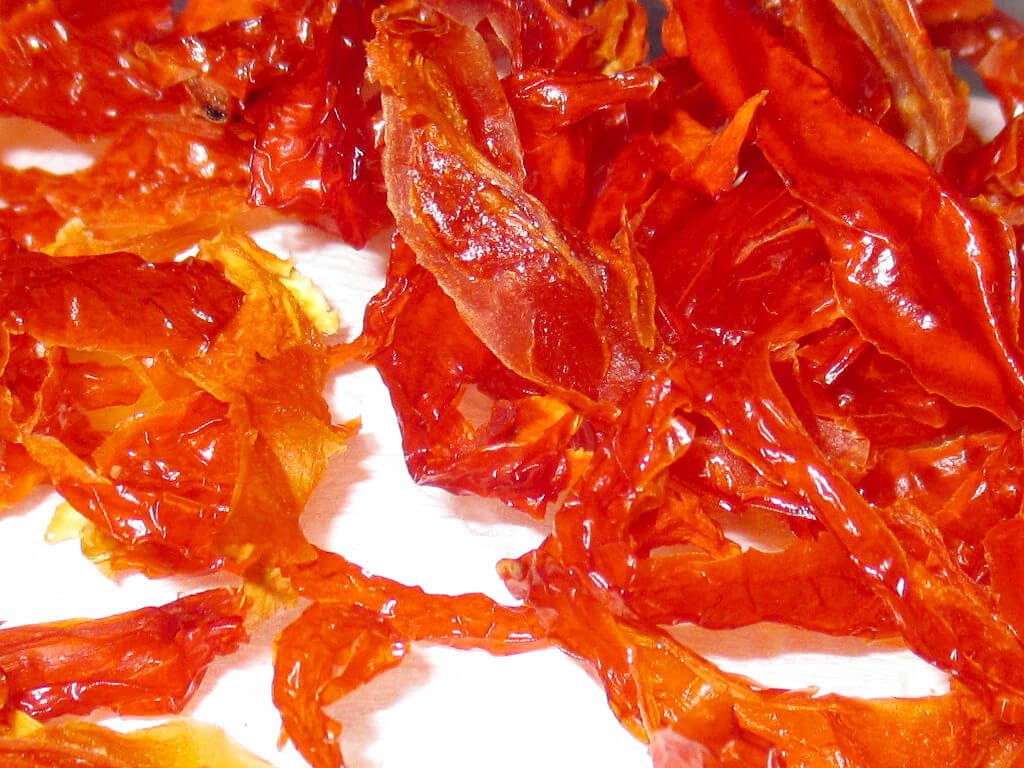
The process for drying peppers is the same whether they’re mild bell peppers or insane ghost peppers. Either way you end up with dry skins you can reconstitute quickly and add to any food that needs a little extra flavor.
Dehydrating peppers recipe via Grow Forage Cook Ferment.
Tips for Dehydrating Peppers
- The smell can be overpowering, so you might want to run a cord out of the house and put your dehydrator on the porch.
- The more of the membrane you leave on the pepper, the hotter it will be once dried.
- If the peppers dry out too much, just grind them into a spice powder.
Have your own favorite dehydrator recipe? Share it in the comments and we’ll add it to the post.
Potatoes (Brown/Gold)
Dehydrating potatoes is a slightly different process—you cook them first, then cut into small pieces and dehydrate. Once dry you can drop them into soups or stews, they reconstitute beautifully.
Dehydrating potatoes recipe via One Hundred Dollars a Month.
Tips for Dehydrating Potatoes
- Cook and mash them first, then dehydrate and crush to a powder for homemade potato flakes.
- Potatoes you’ve stored for awhile will dehydrate faster, since they lose moisture during storage.
- If it’s hot enough, you can actually do the dehydration outside.
Tomatoes
The tomato crop can come at you fast. With your dehydrator you can make your own sun-dried tomatoes to enjoy on pasta and in salads all-year.
Dehydrating tomatoes recipe and photo via The Prairie Homestead.
Tips for Dehydrating Tomatoes
- Use meaty tomatoes, like plum or Roma varieties. Fat, watery varieties like beefsteak can dehydrate down to nothing. Cherry tomatoes work well too.
- To keep the dried tomatoes from sticking together, make sure they don’t overlap on your trays.
- You can also turn tomatoes into paste and make tomato leather.
Zucchini
You can save a lot of your giant zucchini crop by dehydrating it. Zucchini takes well to different seasonings, you can turn them into candy, or season them with Italian flavors to toss in soups and sauces all year.
Dehydrating zucchini recipe and photo via Whole-Fed Homestead.
Tips for Dehydrating Zucchini
- To make the grating process go faster, use a food processor rather than a box grater.
- Zucchini harvested before they form seeds will dehydrate better.
Here’s a unique idea for candied dehydrated zucchini (using Kool-Aid!)
Corn
Corn can be dried two different ways. Left on the cob to dry out—that can be used for popcorn or ground into corn meal. Or, cook the corn, remove the kernels, and dry those to rehydrate later in soups.
Dehydrating corn recipe and some terrific tips via Self Reliant School.
Pumpkin Seeds
If you love roasted pumpkin seeds as a snack, you could dehydrate them too—they’ll last longer. Consider this if you’re doing a massive pumpkin carving party.
Dehydrating pumpkin seeds recipe via Lil Raisin Acres.
Dehydrator Recipes For Meat
Beef
Dehydrated beef = beef jerky! You can make beef jerky one of two ways:
- Slice pieces of beef, season, and dry it.
- Season ground beef, then shoot it through a jerky gun, which presses it into flat strips to go in the dehydrator.
It’s a matter of personal preference. If you like tougher jerky, you’ll like the beef strip variety. If budget is your main concern, using ground beef will be less expensive. If you harvest your own beef, it may depend on what cuts you have. Either way, once you start making beef jerky, you can find yourself down a rabbit hole experimenting will all of the possible flavors and styles.
Recipe for dehydrating beef strips and photo via Mama’s Homestead.
Recipe for dehydrating ground beef and photo via Common Sense Homesteading.
Tips for Dehydrating Beef
- That marinade you love on steak will be even more intense if you make it with jerky.
- Bend jerky to see if it’s done. If it bends and starts to tear slightly, it’s done.
- When making jerky with beef strips, slice against the grain for more tender jerky.
- The University of Wisconsin recommends that once you have finished drying the jerky, you heat it in cookie sheets in a 275 F oven for 10 minutes. Their study found that this final step was the most effective in destroying dangerous bacteria.
Chicken
Chicken jerky is less popular than beef jerky for the same reason most people will choose a rib-eye over chicken breast—on its own, chicken doesn’t have that much flavor. That doesn’t mean you can’t add your own! Probably a good idea to marinate or season chicken before dehydrating, with whatever flavors you enjoy on chicken already.
The second issue with dehydrating chicken is food safety. The FDA recommends heating chicken to 165 F before drying it—essentially, cooking it first. That’s going to be some very dry jerky. I recommend reading this post by Modern Survival Blog, which presents a balanced view and some solid instructions. For people with food safety concerns or weak immune systems, dehydrating chicken probably isn’t a good idea. For the rest of you, read on!
Dehydrating chicken recipe and photo via Modern Survival Blog.
Tips for Dehydrating Chicken
- One blogger, who prefers to use cooked chicken, discovered that pressure-cooked chicken makes the least-dry jerky.
- The thinner the chicken, the quicker it will dehydrate, so using sliced chicken from the deli works well. (Although, it’s expensive).
- If you’re starting with whole chickens, or your own, you can also dehydrate chicken organs.
Salmon
Salmon dried through exposure to smoke—smoked salmon—is just one dehydration technique for this vitamin-packed fish. If you use your dehydrator you won’t be able to replicate the smoke flavor, but, on the other hand, with a marinade you can introduce whatever flavors you like.
Dehydrating salmon recipe and photo via Gutsy.
Tips for Dehydrating Salmon
- To make the salmon easier to slice thin, put it in the freezer for 30 minutes before slicing.
- You can also dehydrate canned or smoked salmon.
Deer/Venison
As with beef, venison jerky can be made from strips of the meat, or ground and reformed. As it’s leaner than beef, it’s also tougher—so those who really like a jerky they can gnaw on will prefer venison.
Dehydrating venison recipe via North West Edible Life.
Tips for Dehydrating Venison
- To make sure you’ve destroyed as much bacteria as possible, heat the jerky after drying in a 275 F oven for 10 minutes.
- Any meat that may have been contaminated during the dressing process, or by the location of the animal’s wound, should be fully cooked rather than used for jerky.
Dehydrator Recipes For Herbs
Basil
You don’t need a dehydrator to dry herbs like basil—you can do it outside (the best option if you have large bunches of basil), or in the oven, or even just on your kitchen counter. The reason to do it in a food dehydrator is that you’ll have much more control over the temperature and better consistency than you will with any of those other methods.
Dehydrating basil recipe and photo via Home in the Finger Lakes.
Tips for Dehydrating Basil
- Usually, basil is dried on the lowest setting, since the leaves are so fragile.
Parsley
Herbs dry down to nearly nothing, but if you have a bumper crop drying them will save you money. The blogger A Matter of Preparedness estimated her savings from drying parsley at 87% over store-bought.
Dehydrating parsley recipe via A Matter of Preparedness.
Tips for Dehydrating Parsley
- You don’t need to worry about overlapping the herbs like you do with thicker vegetables and fruits. They will dry just fine, even if they are in a couple of layers.
- Other herbs to dry: Cilantro, Chives.
Other Foods You Can Dehydrate
Some other foods that don’t really fit into the “harvest” category can also be dehydrated.
Cheese
Cheese behaves just like veggies and fruit when dehydrated, it gets crunchy and the flavor’s slightly more intense. If that sounds good to you, give it a whirl.
Dehydrating cheese recipe via Joybilee Farm.
Chili
Backpackers and backcountry people dry their own chili. It’s cheaper than buying commercially-made dried foods, and tastes better too. For the rest of us, freezing extra batches of chili is a better idea.
Dehydrating chili recipe and tips via Backpacking Chef.
Marshmallows
Leftover marshmallows get stale and gross. Dehydrate them and they become crunchy little snacks.
Dehydrating marshmallows recipe via Mom with a Prep.
Eggs
Dehyrdating eggs is popular mostly among preppers and hard-core locavores.
Dehydrating eggs recipe via Backcountry Paleo.

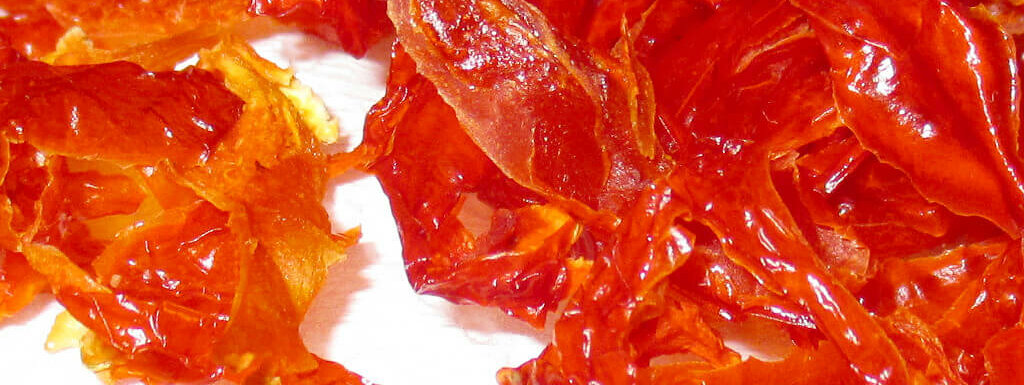
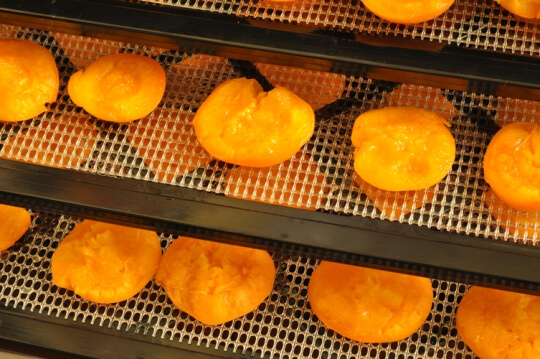
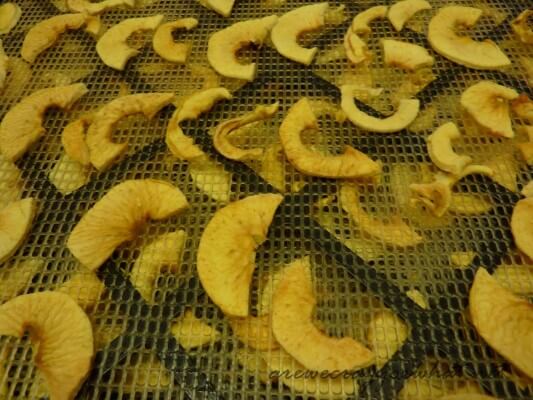
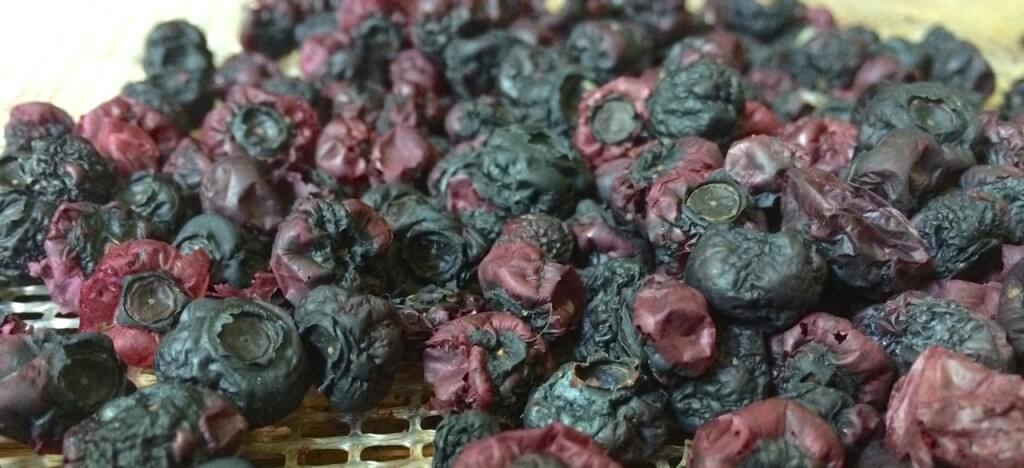
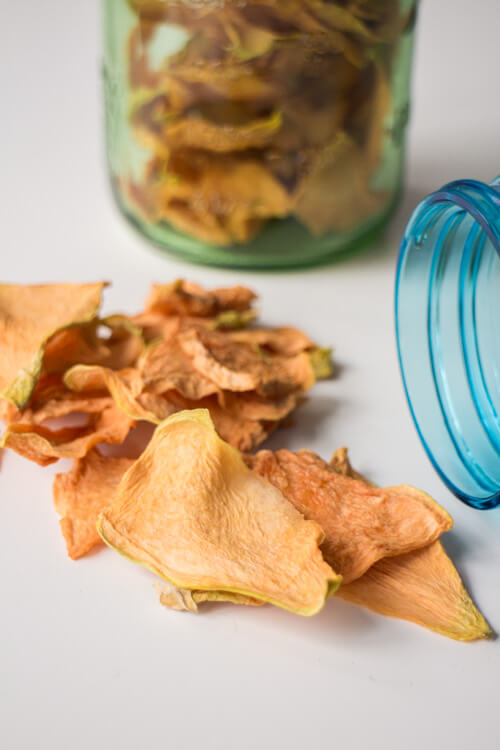
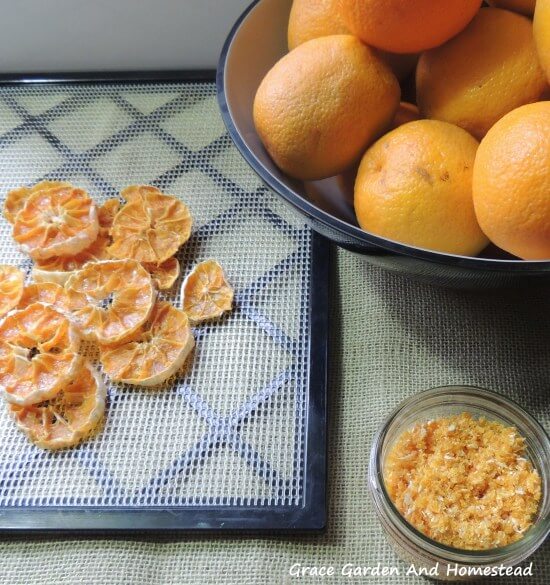
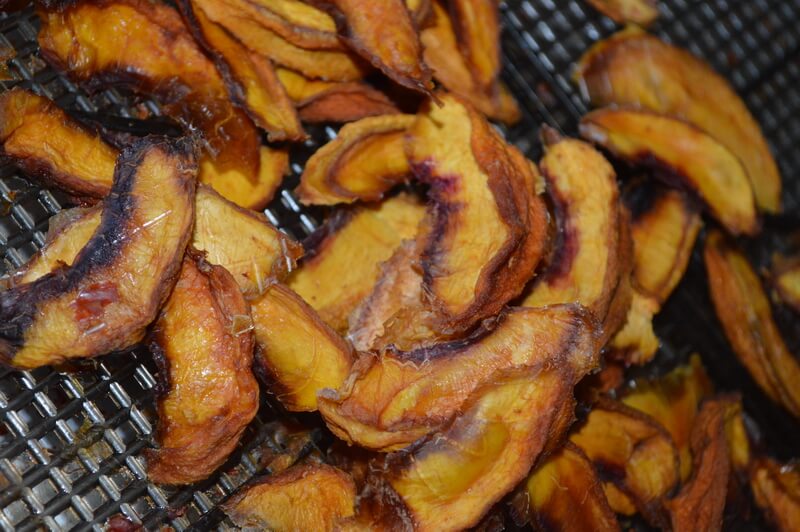
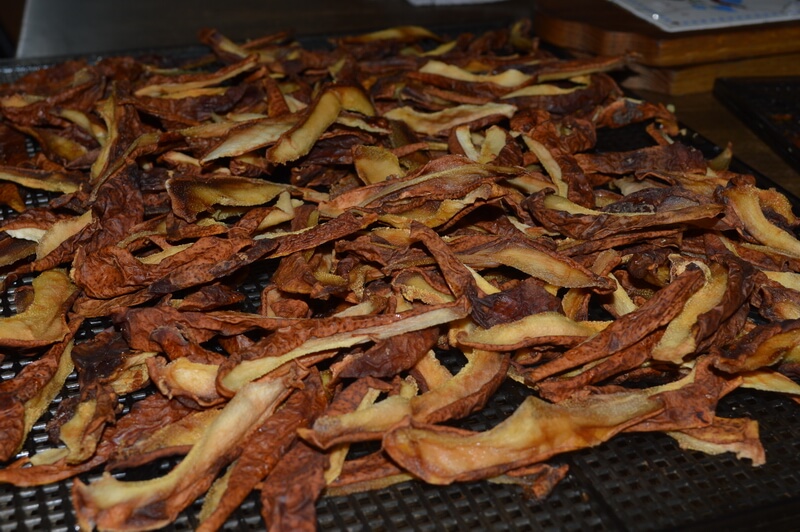
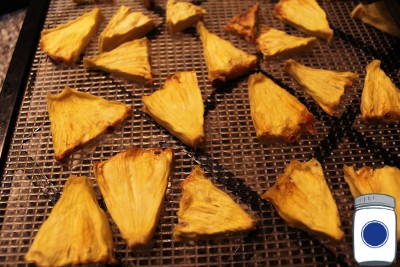
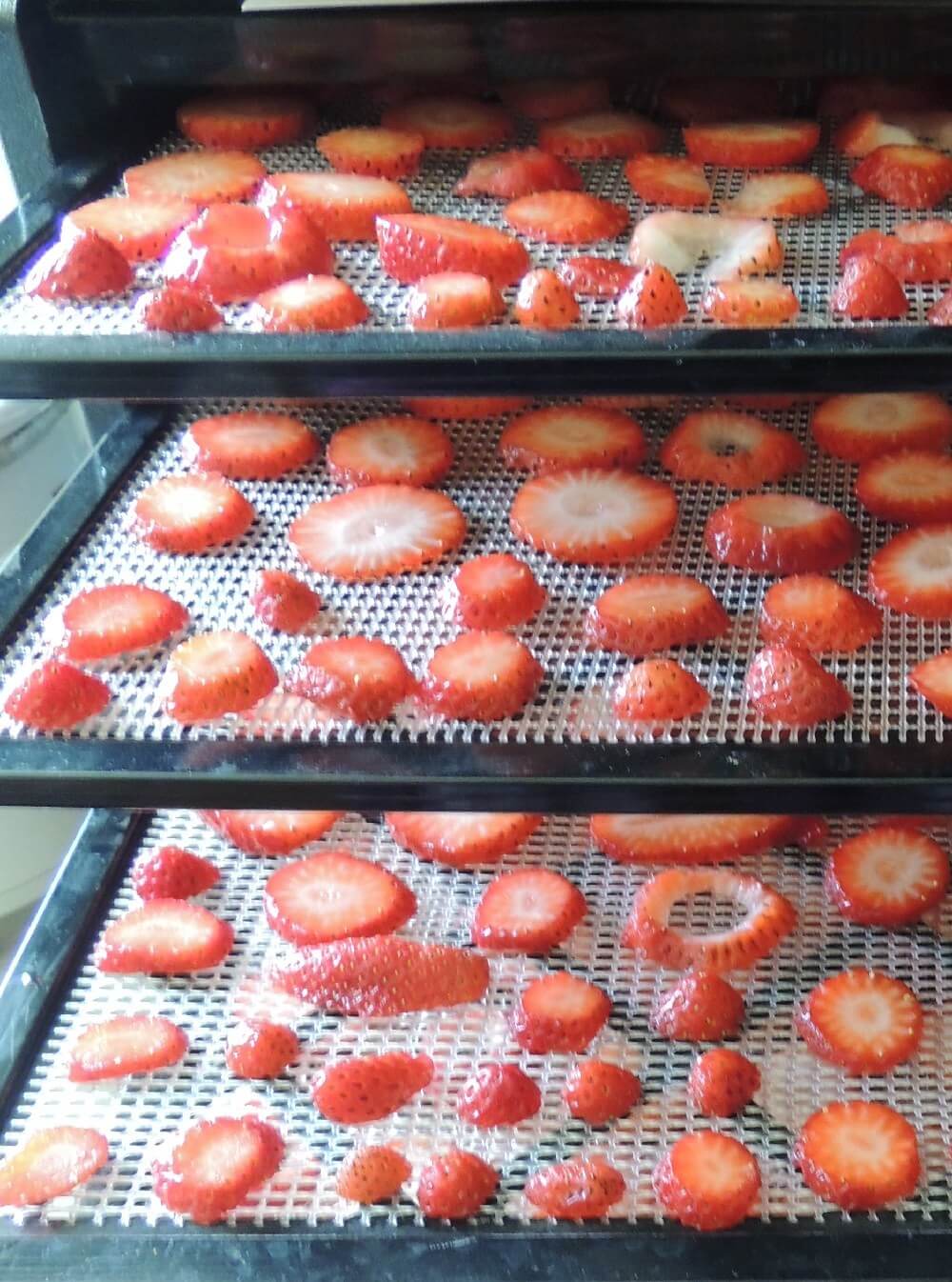
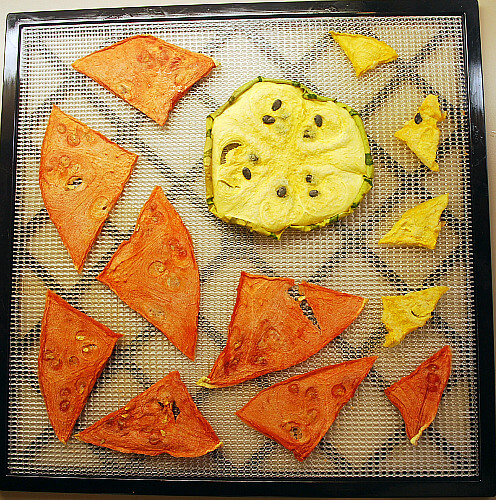
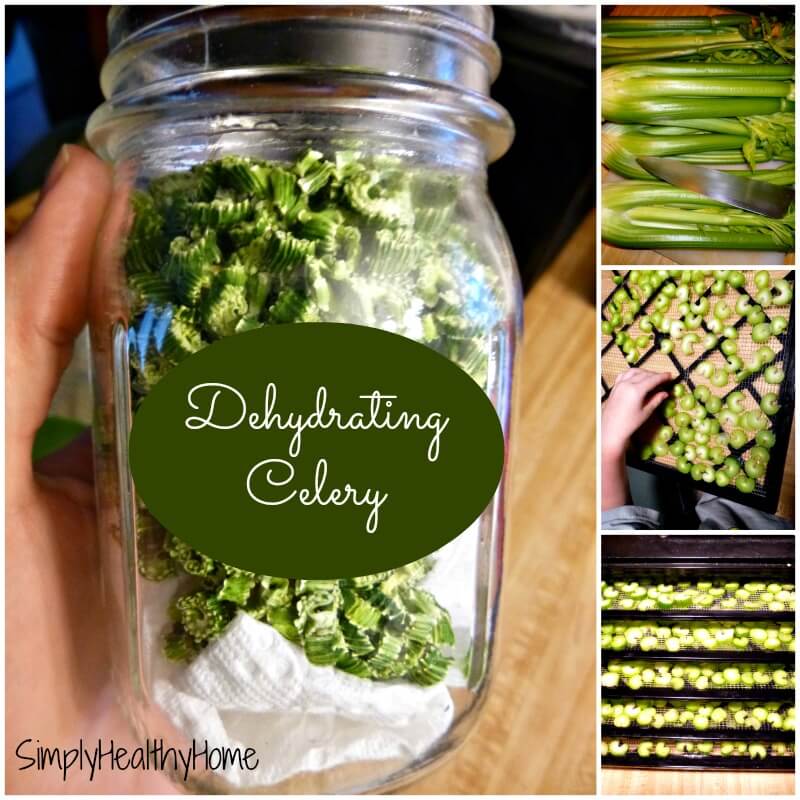
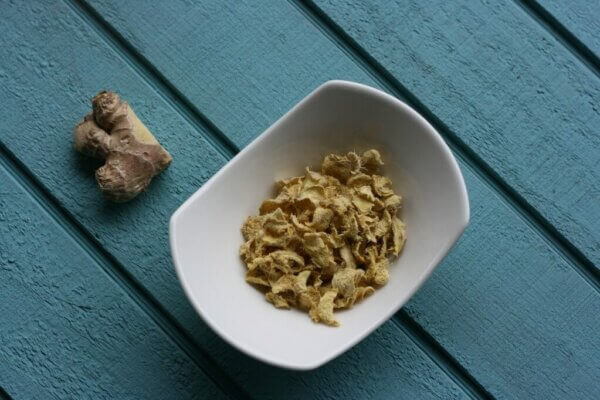
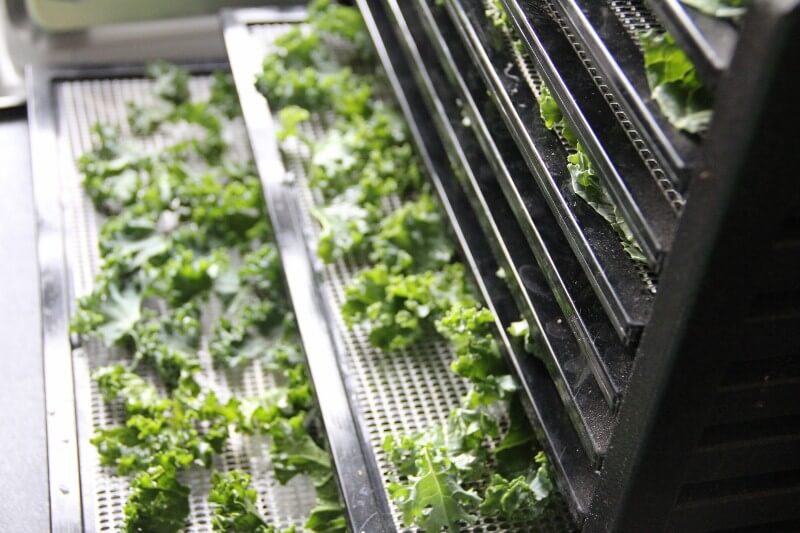
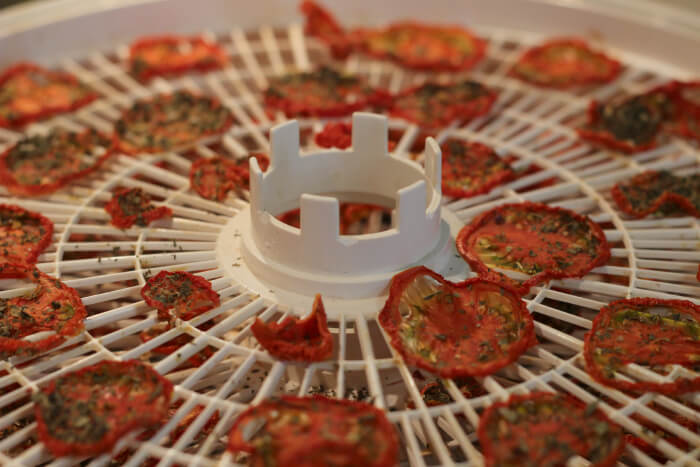
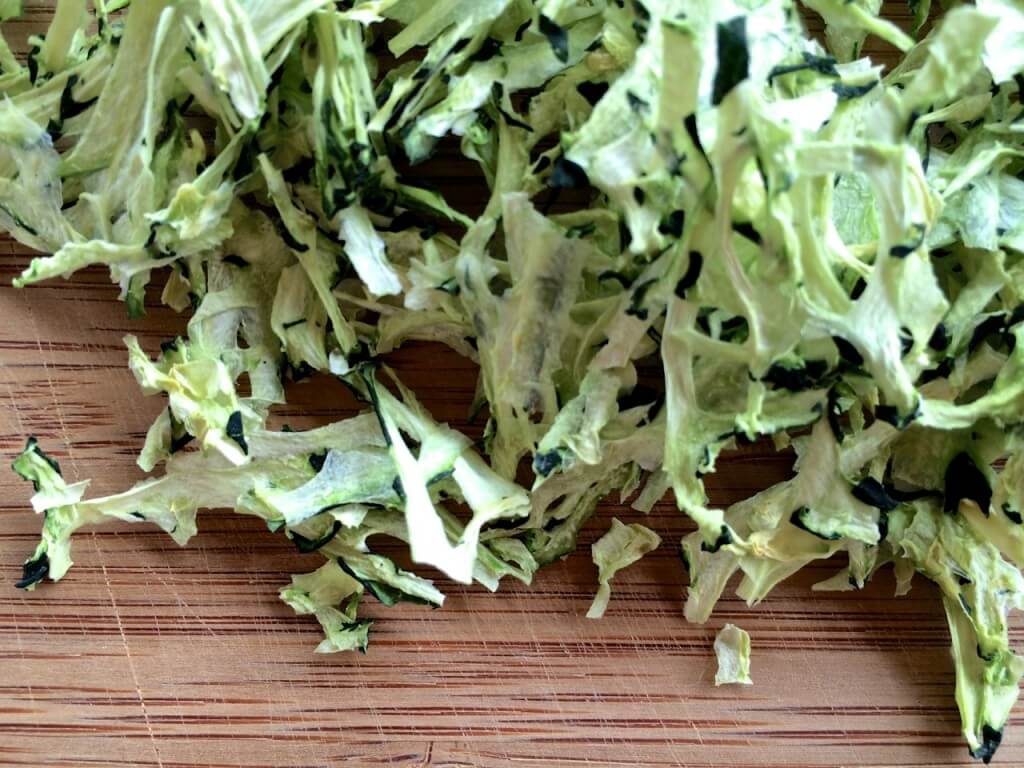
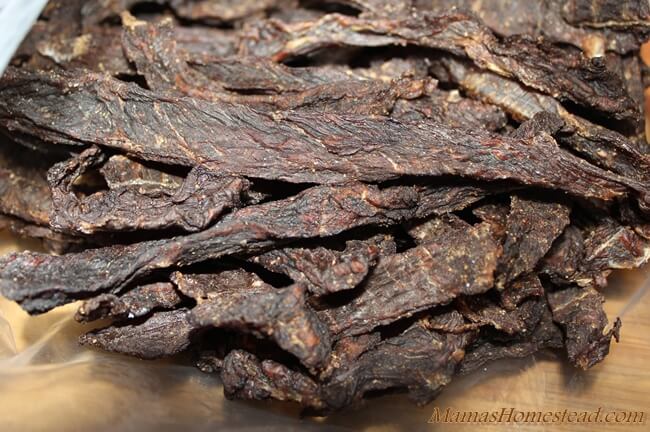
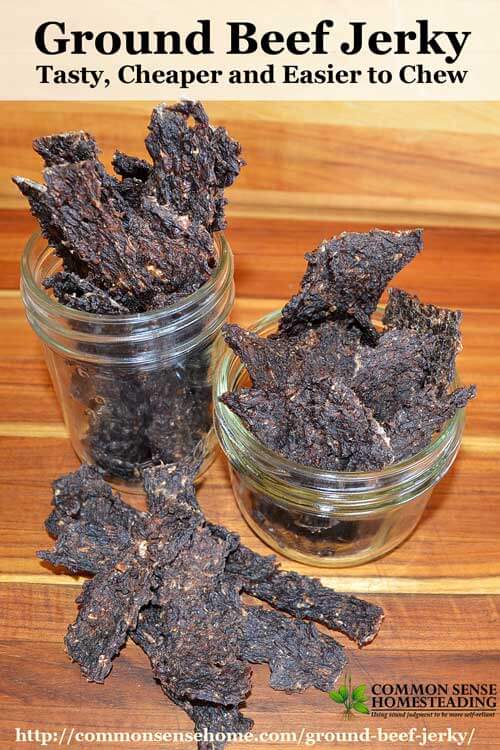
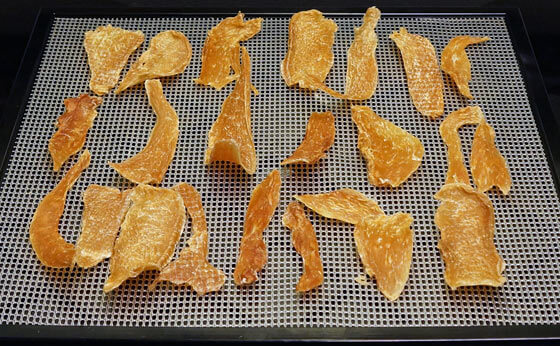
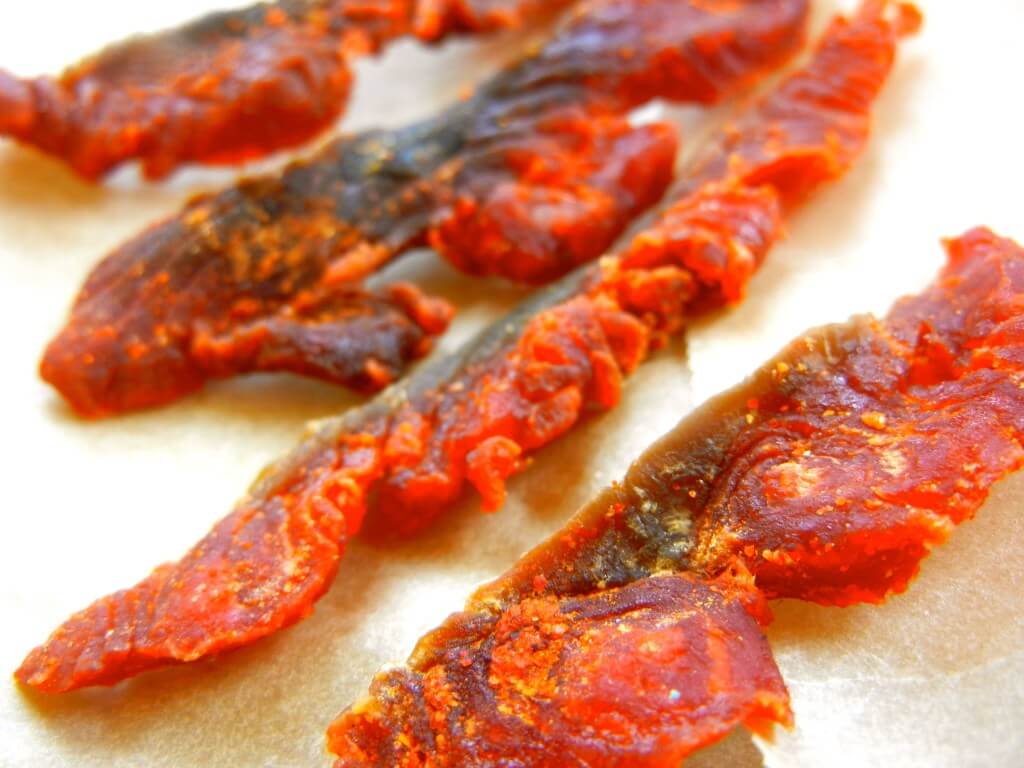
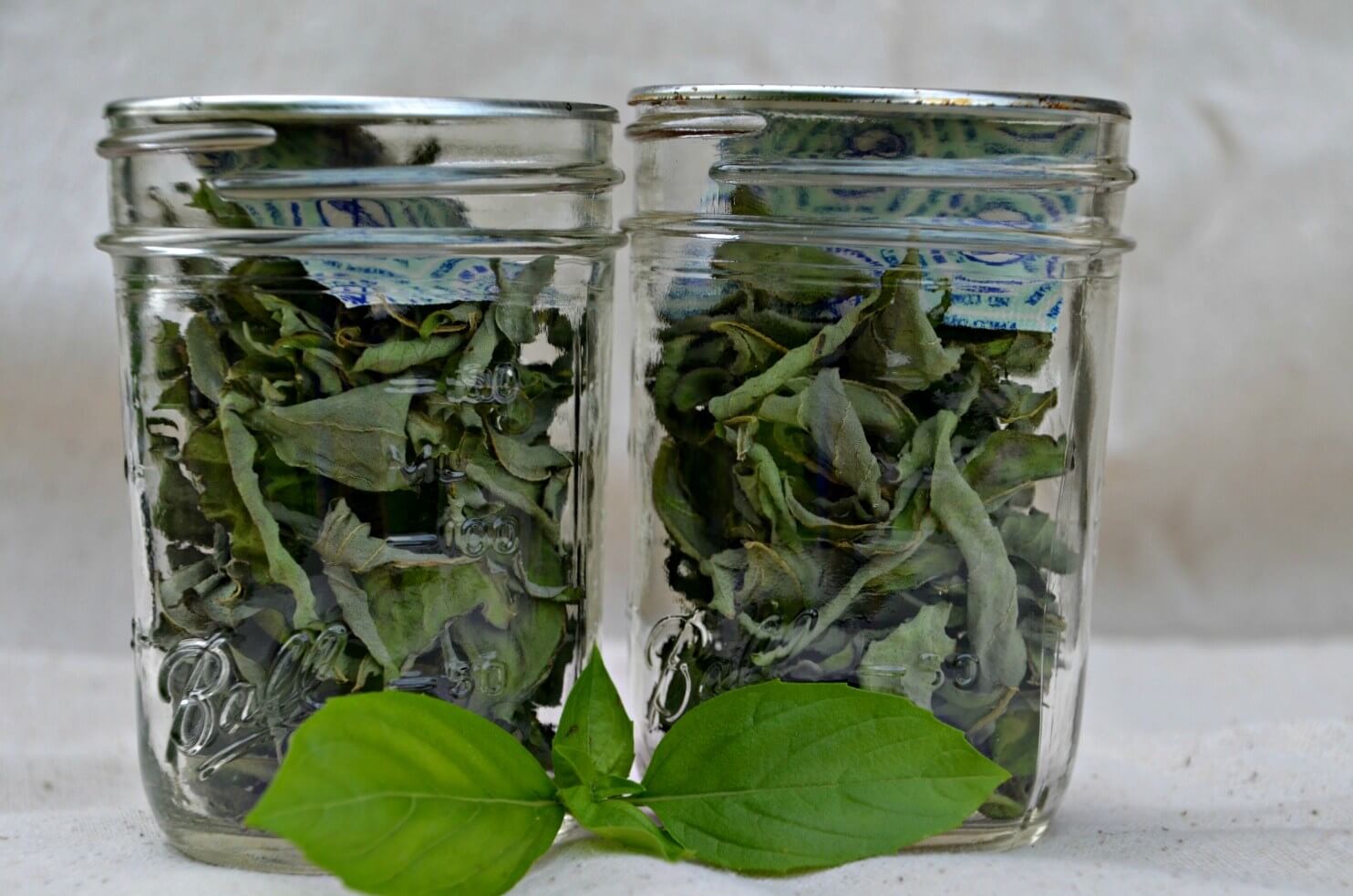


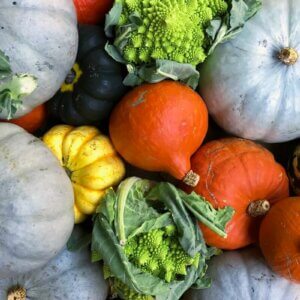










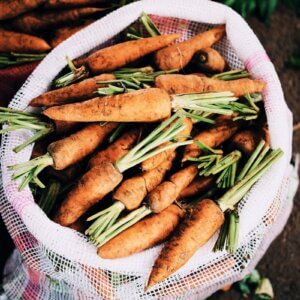








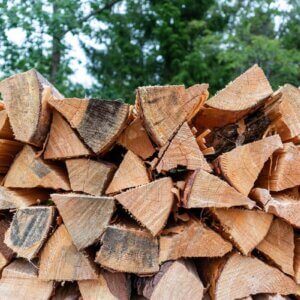










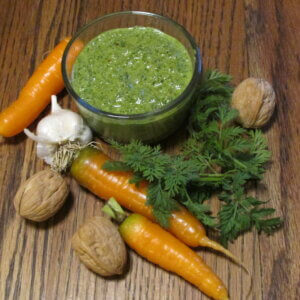




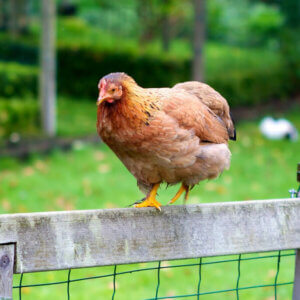

Awesome list! We’re making the nutritional yeast cheesy kale chips now!